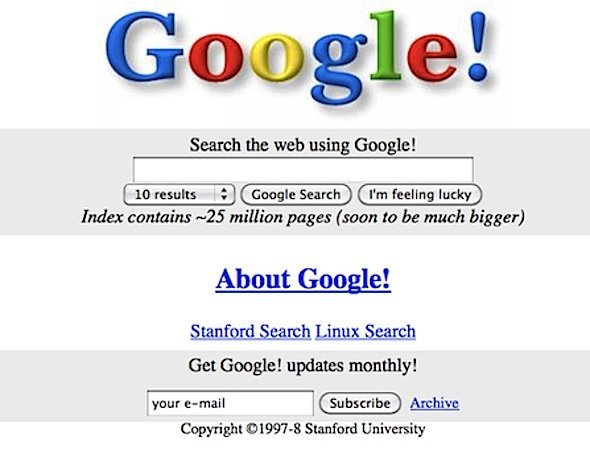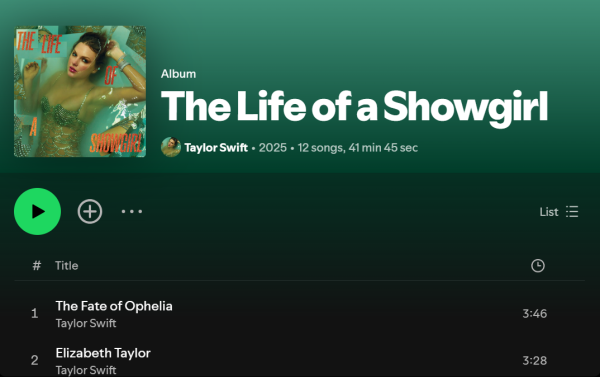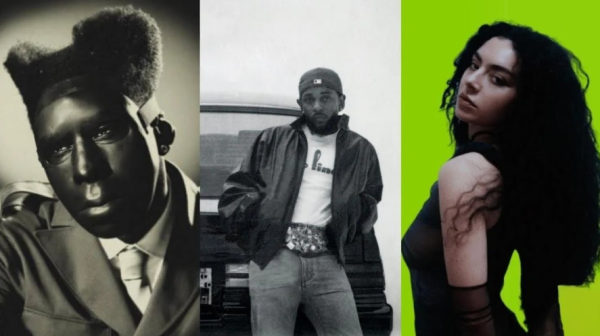The importance of web archival in our modern day

Source: https://i2.cdn.turner.com/money/dam/assets/150506112433-old-website-google-640×640.png
As digitalization becomes unavoidable to all walks of life, the internet has become an unstoppably pervasive force in modern society. The art created in the wake of this takeover is simultaneously some of the best preserved of its time, yet unmistakably fragile as well. Archives themselves have shifted, from libraries to social media pages, from photo albums to camera rolls.
Concentrated efforts have been made to archive internet media, most notably Internet Archive, and other efforts that aim to take this a step further, such as The Yesternet. However the effectiveness of these is inherently plagued with the overwhelming threat of deletion, of a server crash, a copyright claim, or a myriad of other issues that consistently undercut web archival, as discussed in this article. Born from this anxiety has been the “lost media” craze, a kind of internet-born movement to find inaccessible and forgotten media and art that has slipped through the cracks and has become virtually “lost.”
Lost media is often born out of a lack of care for a piece of art, which one can see in the way that much of lost media is for children, old film and animations, or literature. However, there is an inherent value to art, of a piece of media that people took their skills and time to make, no matter its actual quality. Thus, archival is essential in order to preserve the efforts of artists.
An encapsulation of this is “The Death Lullaby” a 1985 OVA (or short film) directed and animated by Hiroshi Hinata. It’s an angry, dangerous feeling kind of film, countercultural in every sense of the word, and thus it’s no wonder it ended up on the very edges of the media sphere. It’s a kind of vicious, insane masterpiece, and the fact that it was nearly lost is frankly terrifying (disclaimer, don’t watch this film unless you’ve read up on its contents beforehand). “The Death Lullaby” is the kind of art that’s almost left behind by society as a whole, and why setting a precedent of preservation is so important for countercultural artwork in particular.
Ms. Gray, iSchool English teacher and contributor to iNews, describes iNews itself as a kind of archive and the importance it carries because of that, “it’s a historical record of what’s been happening at our school” and “it tends to cover a lot of the day-to-day of what’s been going on here and how students react to current events of their time.”
Ms. Gray also teaches Literary Magazine, which was once a physical paper but is now published on iNews. Ms. Gray made this change “because I felt like it was more stable in that environment.”
This leads to the other side of archival, physical preservation. Physical preservation tends to be tumultuous, the most famous example of this being the burning of the Library of Alexandria. When you have a photo of something, for instance, you are personally responsible for it and thus have complete control over it. When this is translated into a digital setting, however, that control is in some ways sacrificed as it is part of something larger than itself, part of an insurmountably huge server or app that you, as the owner of the picture, have little control over.
However, there is also stability inherent to being part of something so large. A physical photo is at the whim of the elements, it will likely fade with time and the paper will soften and wear thin as it passes between hands. It could be lost in a fire, a flood, or even a move. This issue brings about lost media of its own, such as the four completely lost Wolfgang Mozart compositions, or famous poet Sylvia Plath’s lost books, Falcon Yard and Double Exposure. Thus, there’s a kind of impermanence that comes with all forms of archival.
When asked about this idea of impermanence, Ms. Gray said, “I think it would be much harder to imagine someone sacking the archives of the internet. So I think there’s a certain stability that feels more permanent.” However, she believes that stability “might be illusory” As there’s always a potential threat of what might happen “if internet infrastructure were to collapse in some way”
For students being raised in a digital age, the media we’ve been raised on has often been deeply rooted in the internet. Online multiplayer games and youtube videos consistently take center stage in what we consider our childhoods. Today, the internet has teenagers in a chokehold.
iSchool sophomore Noah Meserve reflects on the importance of the internet in his life as a teen: “the internet pretty much is life nowadays” and that it “shaped me into who I am today, by connecting me with people and media I wouldnt otherwise be able to access.” Thus, the art we consume and create as teens is now just as vulnerable to loss as anything else on the internet. Student made and student consumed films, social media pages, writing, music, are especially prone to loss without having dedicated concentrated archival efforts, and this is furthered by stigma surrounding student work.
The most famous piece of lost media is generally considered to be the case of Christine Chubbuck, a Journalist who committed suicide live on a morning news channel. The recording of this incident, although witnessed by thousands, has been inaccessible ever since the suicide took place in 1974. Thus, this raises the issue of what should and shouldn’t be archived. Obviously, this isn’t something that should be accessible, however, trying to delineate what should and shouldn’t be archived inevitably leads to puritanical influence.
Ms. Resto, iSchool history teacher and ISLA club advisor, describes the kind of stories that have been left out of archival in the past as “Minorities. All minorities, everybody or anybody that has helped or had a hand in creating the United States beyond Anglo-Saxons.” It’s a murky issue, on one hand there are things that shouldn’t be publicly accessible on a moral level, but the issue is that each person and group has a different view on the extent to which that morality goes.
The internet and archival is a multifaceted, decades-spanning issue. However, the full mainstream embrace of the internet brought about by the pandemic has heightened the importance of this issue. At the end of the day, art is in of itself a record of our lives. The art we create, the art our peers create, and the art that influences us all contributes to the rich cultural and historical tapestry of this time period, as is further considered in this paper. Seeing as both mainstream and countercultural art of the modern day has become synonymous with the internet, the ways in which we preserve the web is essential in recording our modern day.











